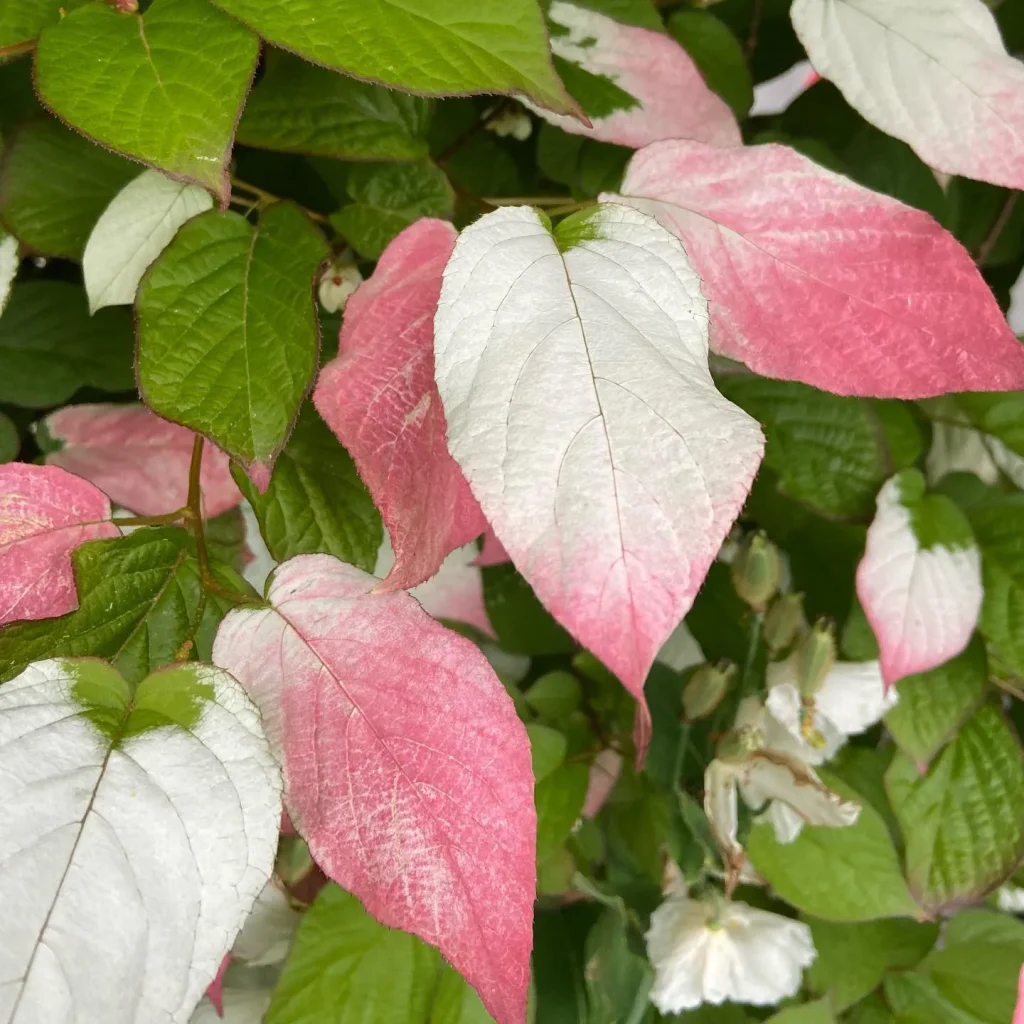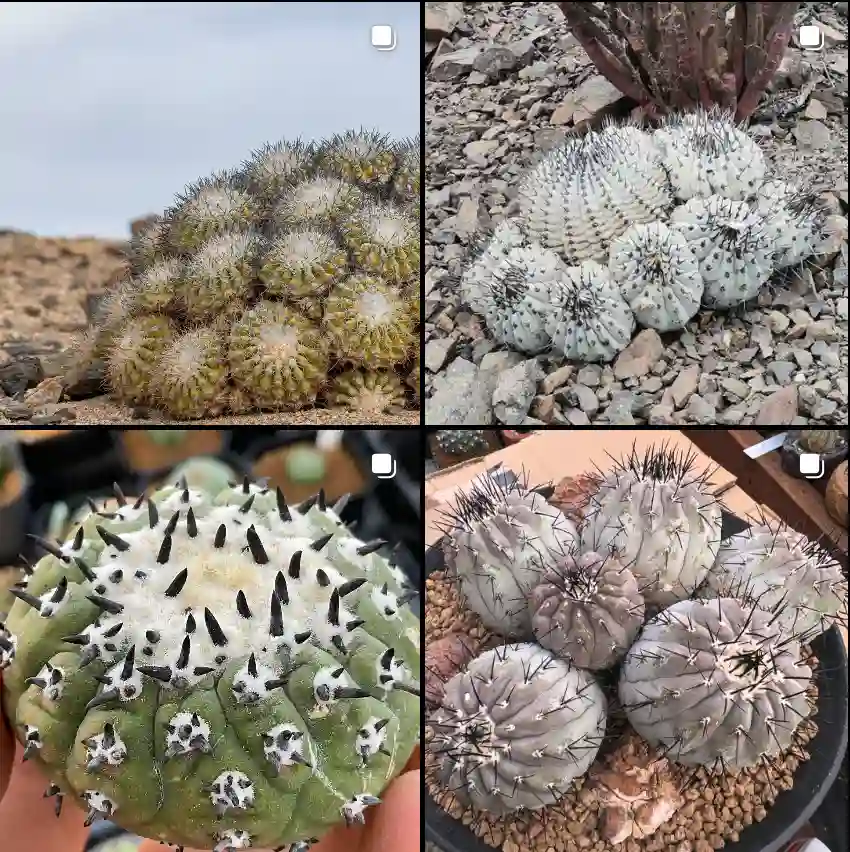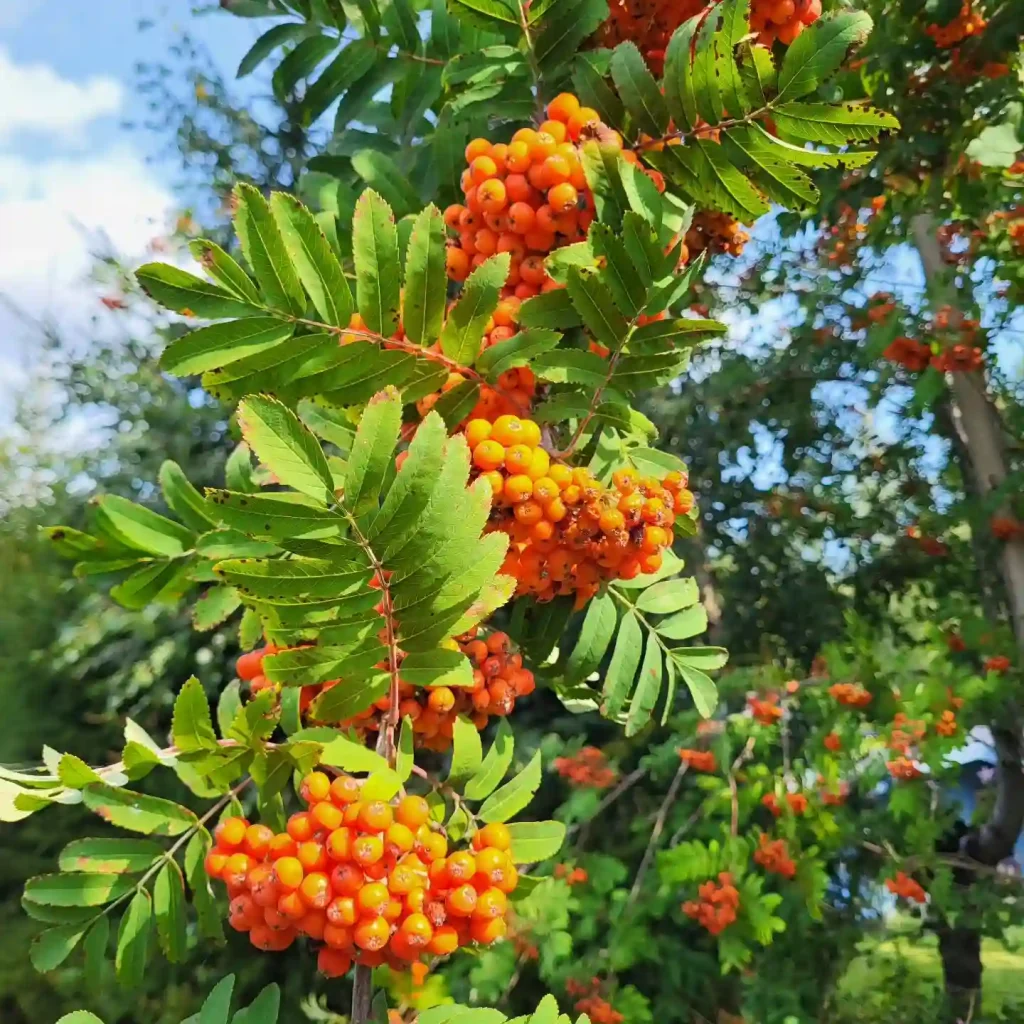Frequently Asked Questions About Cibotium Barometz
Hi there, Ferb Vu here! Today, we’re diving deep into the fascinating world of Cibotium Barometz, also known as the Barometz Fern, Golden Chicken Fern, or Woolly Fern. This unique tree fern boasts a rich history, medicinal uses, and captivating appearance. Let’s unravel the mysteries surrounding this botanical wonder.
What is Cibotium Barometz?
Cibotium Barometz is a tree fern native to parts of China and the western Malay Peninsula. Unlike its herbaceous fern cousins, Cibotium Barometz develops a trunk-like structure, reaching heights of up to 3 meters. The star of the show, however, is its rhizome – the underground stem – which is densely covered in golden-brown woolly hairs. This distinctive feature is what earned it the nickname “Woolly Fern.”
Where does the name “Barometz Fern” come from?
There isn’t a definitive answer for this one. Some speculate it’s related to the fern’s supposed ability to predict weather changes – similar to a barometer. Others suggest it might be a corruption of a Malay name. The true origin remains shrouded in a bit of mystery.
Is Cibotium Barometz related to other ferns?
Absolutely! Cibotium Barometz belongs to the Dicksoniaceae family, also known as the tree fern family. These ferns are distinguished by their woody trunks and ability to grow taller than their herbaceous counterparts. However, Cibotium Barometz stands out within the family due to its particularly hairy rhizome.
How does Cibotium Barometz compare to other tree ferns?
While Cibotium Barometz shares the tree-like structure with other members of the Dicksoniaceae family, its claim to fame lies in its densely hairy rhizome. This feature is not as prominent in other tree ferns. Additionally, Cibotium Barometz thrives in moist, shaded environments, whereas some tree fern species can tolerate drier conditions.
Is Cibotium Barometz a medicinal plant?
Traditionally, Cibotium Barometz has been used in various Asian medicinal practices. The primary use involves the rhizome, which is believed to possess anti-inflammatory and analgesic properties. It’s commonly used to alleviate pain in muscles, joints, and bones. However, it’s important to note that scientific research on the efficacy of Cibotium Barometz for medicinal purposes is limited. It’s crucial to consult a healthcare professional before using it for any therapeutic reasons.
Can I grow Cibotium Barometz at home?
Cibotium Barometz can be a stunning addition to your indoor fern collection, but it does require specific conditions. It thrives in warm, humid environments with indirect sunlight. Regularly misting the plant and maintaining moist soil are key. However, Cibotium Barometz can be challenging to cultivate, especially in drier climates.
Is Cibotium Barometz connected to the myth of the Vegetable Lamb of Tartary?
This is a fascinating connection! The myth of the Vegetable Lamb of Tartary described a plant that resembled a lamb and bled when cut. Some believe the myth might have been inspired by the Cibotium Barometz’s hairy rhizome, which vaguely resembles a lamb’s fleece. However, this remains speculation, adding to the plant’s intriguing lore.
Where can I find Cibotium Barometz?
In its natural habitat, Cibotium Barometz thrives in moist, shady areas of subtropical and tropical forests in China and the Malay Peninsula. It’s not commonly found growing wild elsewhere. Commercially, some nurseries specializing in rare ferns might carry Cibotium Barometz, but it can be challenging to locate.
Important Disclaimer: This information is for educational purposes only and should not be construed as medical advice. Always consult a qualified healthcare professional before using Cibotium Barometz or any other herbal remedy.
I hope this FAQ has shed some light on the captivating Cibotium Barometz. From its unique appearance to its potential medicinal uses, this tree fern is a true botanical marvel. If you’re an avid plant enthusiast or simply curious about the natural world, Cibotium Barometz is sure to spark your interest.
If i die, water my plants!



